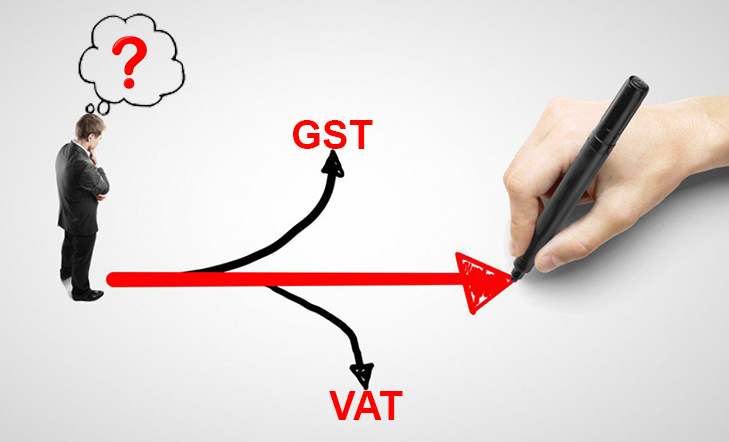
GST and VAT are both counter-approach taxation systems by the government to the held valuation of goods and services across the nation. Talking about the older tax system, i.e. value added tax it was the earlier method of applying taxes on the general public while the goods and services tax is held to change this course of action towards the consumers. There are a number of differences between GST and VAT:
Tax Based System
The value-added tax is also a summary-based tax in which the taxpayers were held to submit their tax return on a certain period of time with a summary of sales and purchases. While in Goods and service is a transaction-based tax system which will need to submit sales transactions everything on time with complete and correct data.
Mode of Operation
The earlier VAT was an offline mode of taxation in which a person has to file a return on an actual file and has to submit it in person at the income tax department nearby with an accountant-attested statement. While the goods and services are totally based upon the online medium and will take each and every return and tax data online with a matching concept.
Return to be Filed
Under GST, the taxable person will be required to file the details of all the sales electronically by the 11th day of every month in GSTR-1 succeeding the taxable month and simultaneously he has to file the summary of information about sale and purchase by the 20th day of the month in GSTR-3B succeeding the taxable month. The annual return should be filed up to 31st December in GSTR- 9 of the next financial year.
Recommended: How to File GST Return Online in India
For Composition dealers, there is an annual return GSTR-4 which will be filed on 30th April. While the VAT system the seller has to file quarterly VAT returns and at the same time assessee has to file the Sales register and purchase register. And at the end of the year, the assessee is liable to file an annual return too. In many states generally, Vat dealer is liable to file quarterly returns but in some states like Maharashtra and Karnataka, there is a monthly return provision too.
Input Tax Credit
After the introduction of GST Law, this cascading effect will be eliminated because in GST we can take Cenvat Credit for interstate sales Purchases as well as in GST we can take credit even after sales of Services. Thus the prices of Goods and services become low and ultimately the inflation rate become down and economic growth will increase.
While under the VAT system tax credit for CST cannot be taken against VAT payable so it leads to cascading effect.
Cost Reduction
The introduction of GST law will ultimately result in cost reduction of goods as there will be a single tax levied which is goods and service tax.
While under VAT law a trader cannot utilize the credit of other indirect taxes like service tax credit etc. for payment of VAT liability so it will result in an increase in the cost of goods.
Tax on Interstate Sales
Under GST law IGST will be levied in case of inter-state sales and purchases. While under VAT Law CST is levied on inter-state purchases and sales of goods.
Input Tax Credit Mismatch
Under GST law the biggest problem of ITC mismatch will get solved as all the details of sales will be filed by the 11th day of next month and all the summarized details of sales and purchases will be filed by the 20th of next month. So as all the details will be timely filed and then the monthly return will be filed so all the details will be cross-tallied.
Recommended: List of Goods and Services Not Eligible for Input Tax Credit
While under the VAT system there is a very big issue of ITC mismatch as there is no such system for filing details of sales and purchases by some specified date before filing the VAT return which gives rise to Input tax credit mismatch.
Thus, there are a number of differences between GST and VAT. And GST will be a probable solution for different issues in the VAT system.